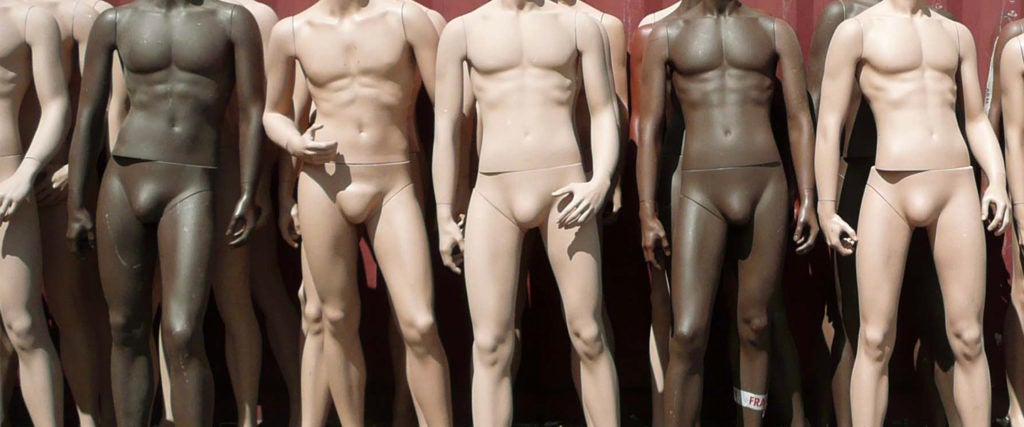Every man is profoundly aware that his drooping balls are a major liability. You needn’t look far for examples of what can go horribly wrong. To name just three recent(ish) cautionary tales: “This Poor Man Accidentally Got His Testicle Trapped in an IKEA Stool”; “Fire Crews Free Hotel Guest After His Testicles Got Trapped in the Slats of a Plastic Chair as He Sat in His Hotel Room Naked”; and “Grandpa Gets His Nuts Stuck in the Patio Furniture.”
It’s not easy living a life in which one wrong move can end in your skin purse being pancaked between ass and chair. Nor do you ever know when a speeding hummingbird will take the low road and bash into your ballsack.
All of which makes you wonder: Will evolution eventually step in to stop the nonsense? Will our testicles gradually travel upward into our bodies, where they’d be protected from sadistic slatted chairs and bold birds?
Per Sarah “Sally” Otto, an evolutionary biologist and professor at the University of British Columbia, the simple answer is probably “no.” That’s because being suspended outside the body is critical to how our testes function.
There have been a number of theories that aim to explain why this is. One says they’re ornaments that display our reproductive prowess, much like peacock feathers (though researchers doubt this, arguing that if it were the case, we’d likely have more embellished sacks by now).
The more accepted explanation is one you’ve no doubt already heard: That sperm do better at lower temperatures, and as Otto says, “would be non-functional if testes were internal.”
But the scrotal system is even more sophisticated than that: Our external scrotums actively perform a thermoregulatory dance to protect and promote healthy sperm (among other things), depending on the circumstance. That would explain why they cozy up to our bodies during sex — they’re warming up our sperm to empower them for a trip past the cervix and to the fallopian tubes (while also preventing unnecessary collisions caused by the combination of dangling balls and spirited thrusting).
In other words, to develop internal balls, we’d have to engage in a sweeping reproductive makeover. The reason our sacks hang is because evolution already came to a careful balance: It decided that they’re not vulnerable enough to stop us from reproducing, yet they’re low enough to keep our sperm from boiling over. For that to change, Otto says “sperm would have to evolve to function better at higher temperatures,” a trait which likely would have evolved long ago if it were that easy (that, or dangling ballsacks would have to be more strongly selected against).
If anything, it may be that our nuts have to hang even lower as global warming continues to put the heat on our sperm. But that doesn’t mean innie ballsacks are decidedly out of the question. As evolutionary biologist John McCormack tells me, many other species, including birds, “have internal testes, even though their internal temperatures are much higher” than ours.
Still, it’s only when ball-related incidents genuinely threaten humanity’s future that evolution will even consider making that change. So for now, stay away from hummingbirds and patio chairs and hope for the best.

